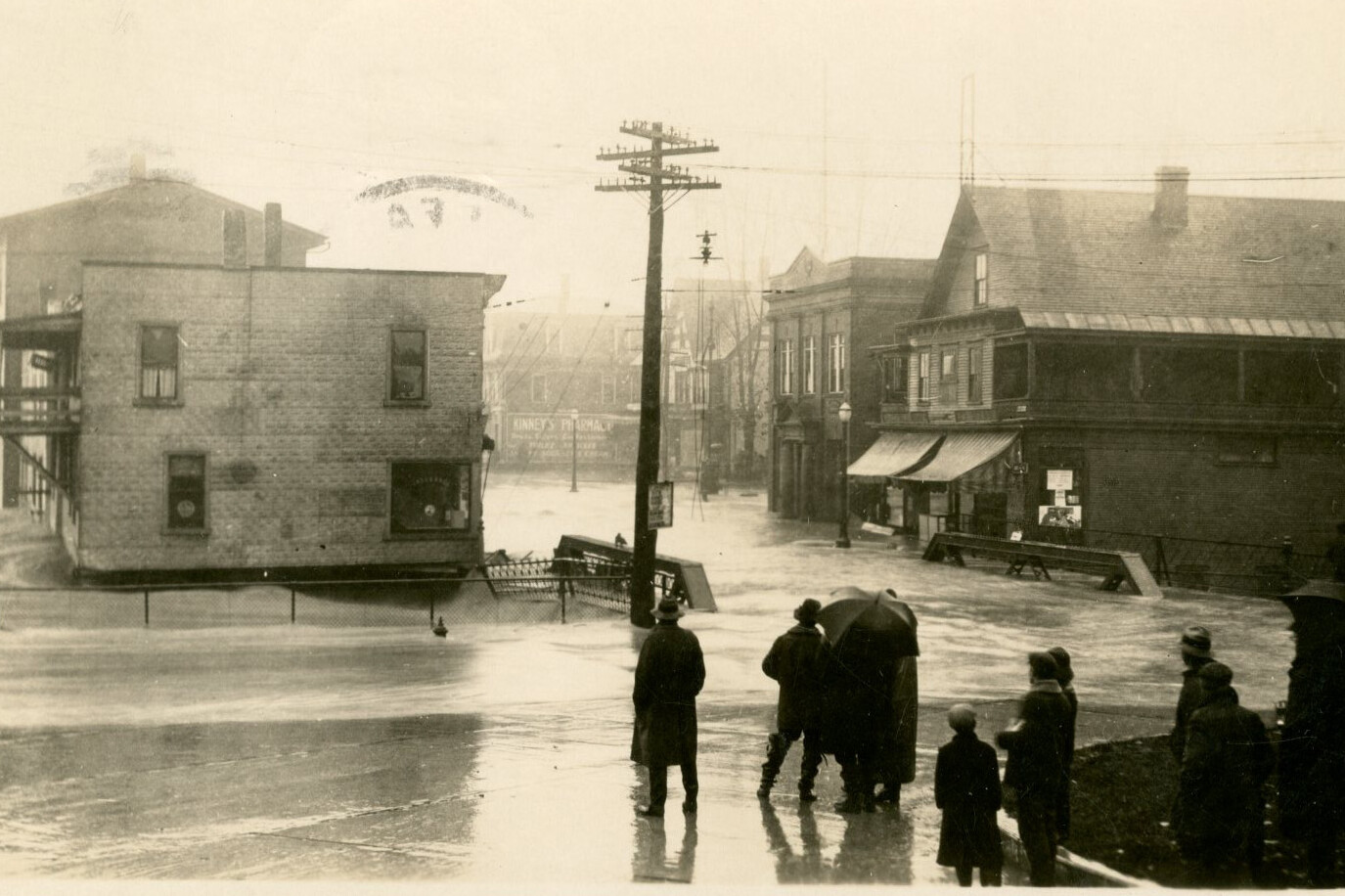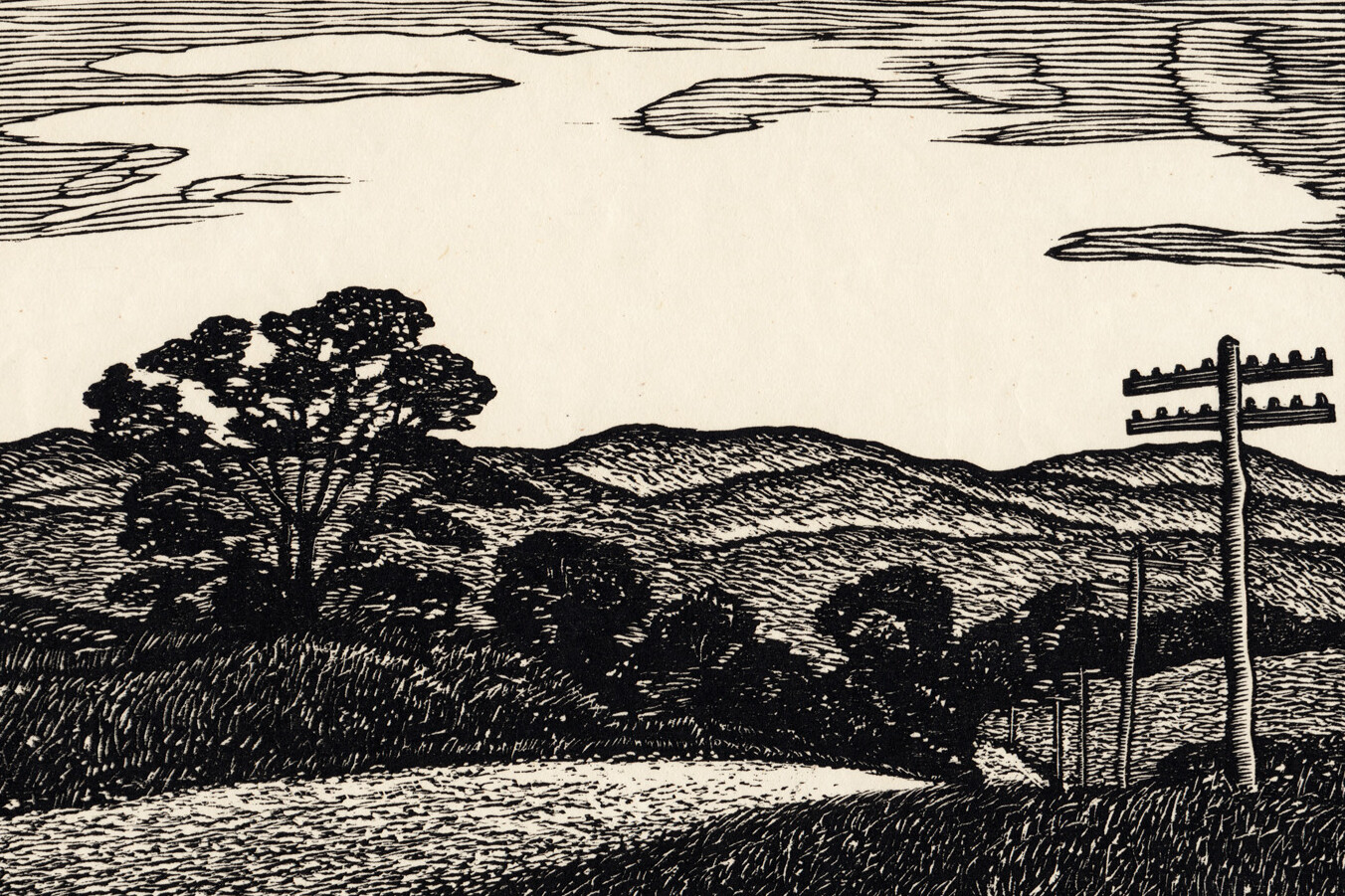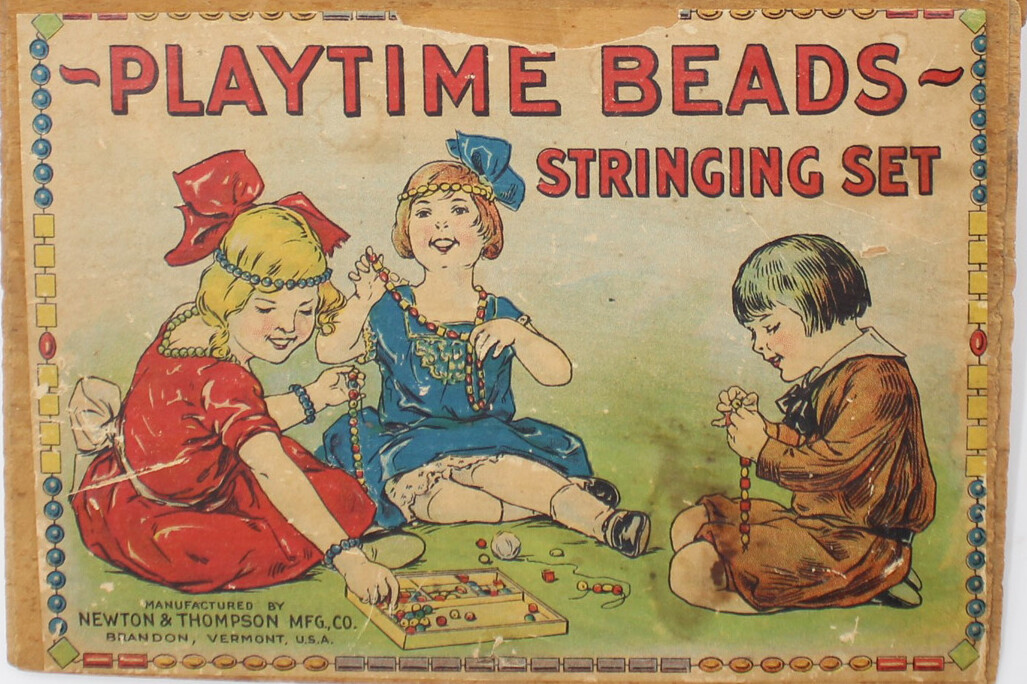1920s - The Evidence
How do we know what happened in Vermont in the 1920s?
President Calvin Coolidge is sometimes called “Silent Cal.” He had a reputation(a quality someone has, as judged by others) for not talking too much. But he did talk on the radio. In the 1920s, radios were becoming popular. Coolidge used this modern technology to communicate with voters. Historians can listen to recordings of his speeches.
There are also black and white movies of Coolidge. One movie shows him visiting his hometown of Plymouth Notch, Vermont. It is a silent movie from 1924. Movies with sound did not exist yet. Words on the screen explain what was happening.
Another silent movie showed the damage from the 1927 flood. Souvenir(something kept to remember a place or event) booklets included photographs from the disaster. Other pictures of the flood were made into postcards.
Postcards were a popular way of sending messages in the 1920s. Vermonters all over the state could receive mail at their houses through Rural(country, not city) Free Delivery. Historians can read the messages on the back of the old postcards. And pictures on the front show what Vermont looked like at the time.
Poet Robert Frost lived in Vermont during this decade(period of ten years). In one poem, he wrote about “woods on a snowy evening.” The landscape in Vermont inspired Robert Frost and other artists. Historians can learn about a place and time from poetry and art.
There is a picture book called Nora’s Ark about the 1927 flood. Natalie Kinsey-Warnock wrote this book in 2005. The story is based on a real event. But the book is historical fiction(made up stories that include real people and real events). Historians need to recognize the differences between historical fiction and history.
Reading interesting fiction books can be a good way to learn about the past. Authors have also written historical fiction about racism and prejudice in 1920s Vermont. These writers use actual events to make their stories seem real. When you read historical fiction, notice what is real and what is imaginary. You can look at objects, photographs, and other primary sources(materials with first-hand information about the time period when they were created) from the time period to learn about real history.
Thinking About History
Historians ask questions to think deeply about history.
How do you like to learn about history? Do you like reading non-fiction books about the past? Or historical fiction books?
What do you think historians in the future could learn by looking at your toys or games?
Learn More
Follow the links below to explore related topics.
Learn more about historical fiction books set in Vermont in the 1920s
Watch a silent movie of Calvin Coolidge from the Library of Congress
Watch the video Robert Frost in Ripton from This Place in History
Look at toys in the Vermont Historical Society collections
Check out collections of historic toys from The Strong, National Museum of Play
Copy and paste this citation to show where you did your research.
Vermont Historical Society. "1920s - The Evidence." Vermont History Explorer. Accessed December 19, 2025. https://vermonthistoryexplorer.org/learning-about-the-1920s


